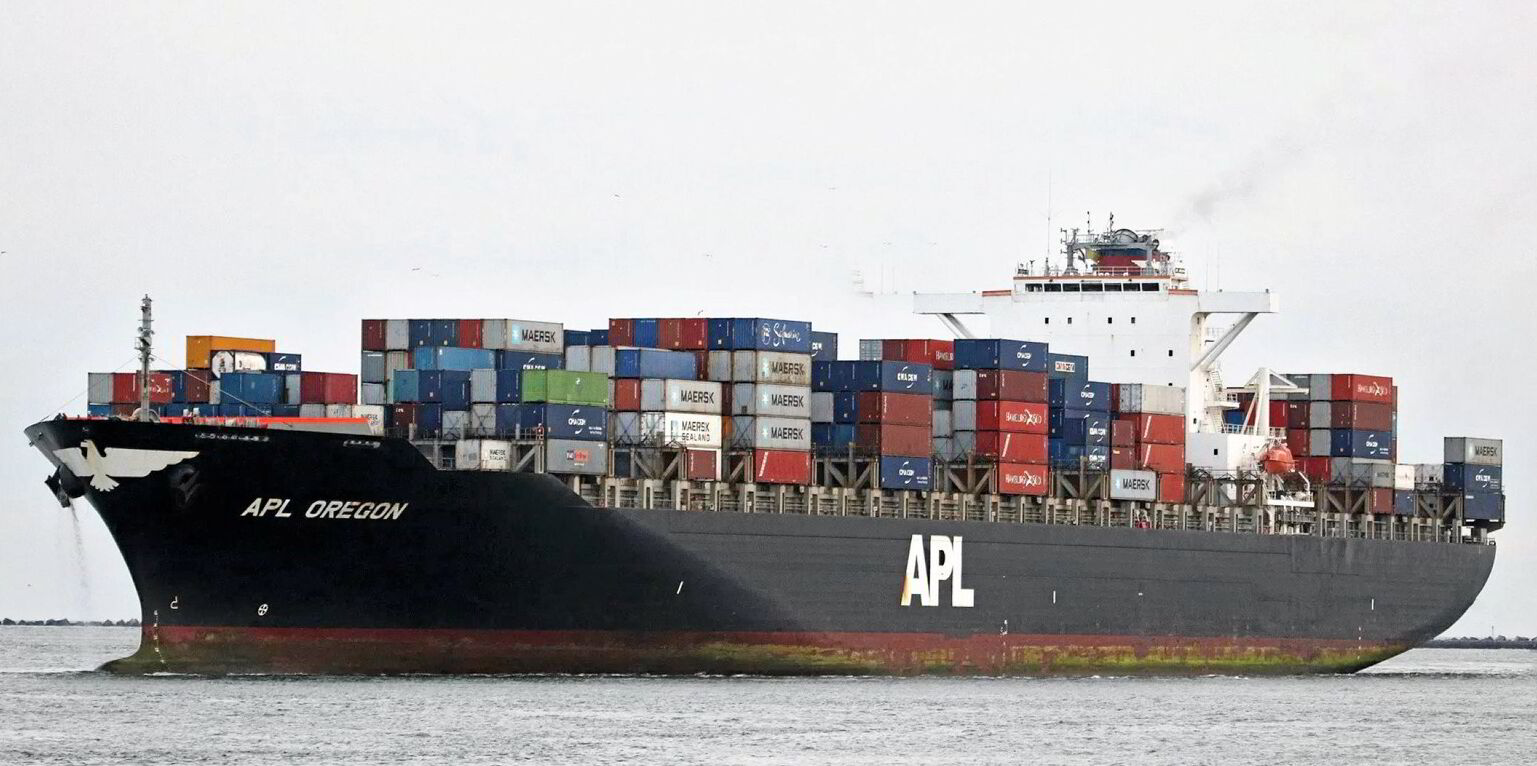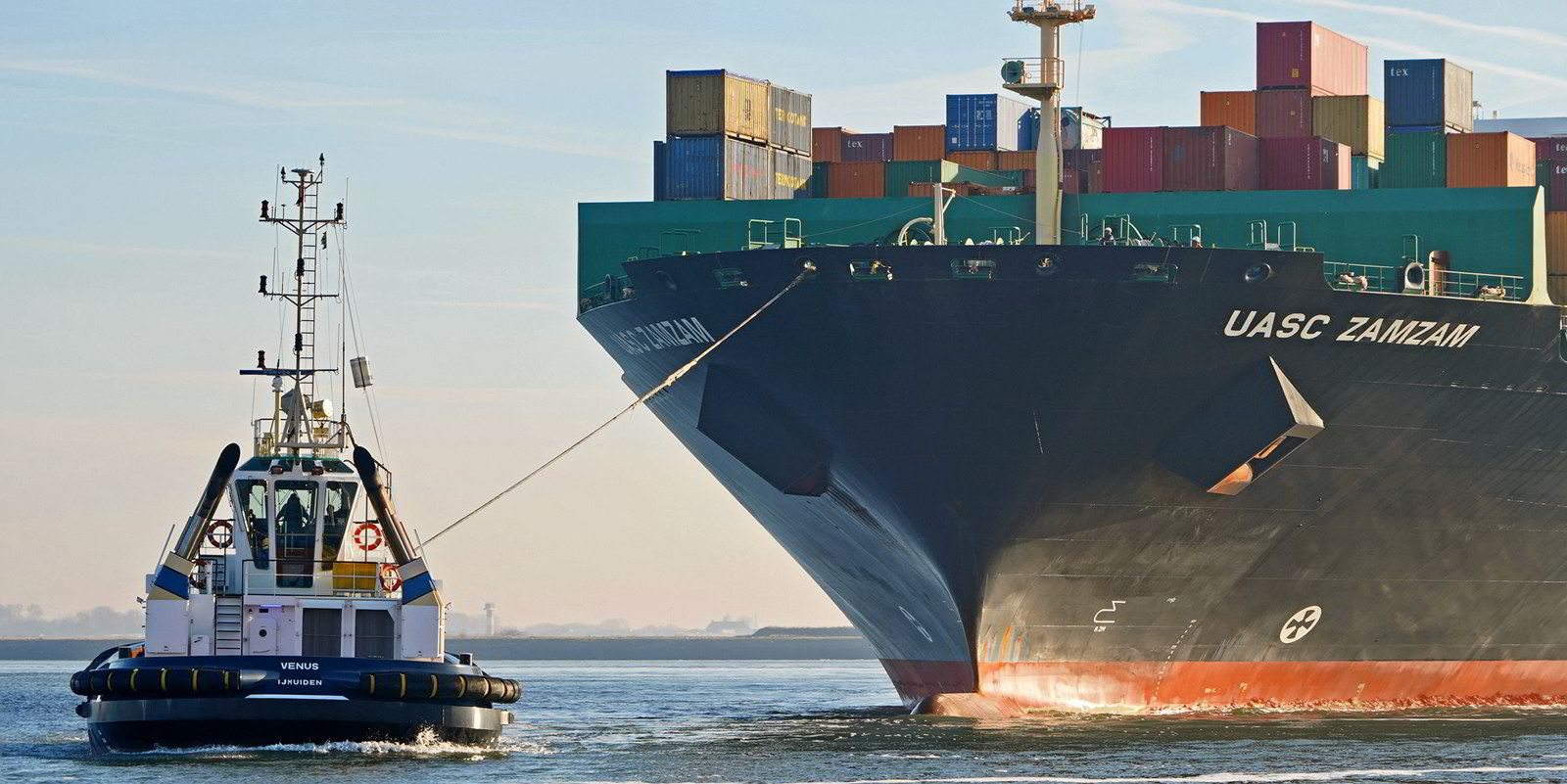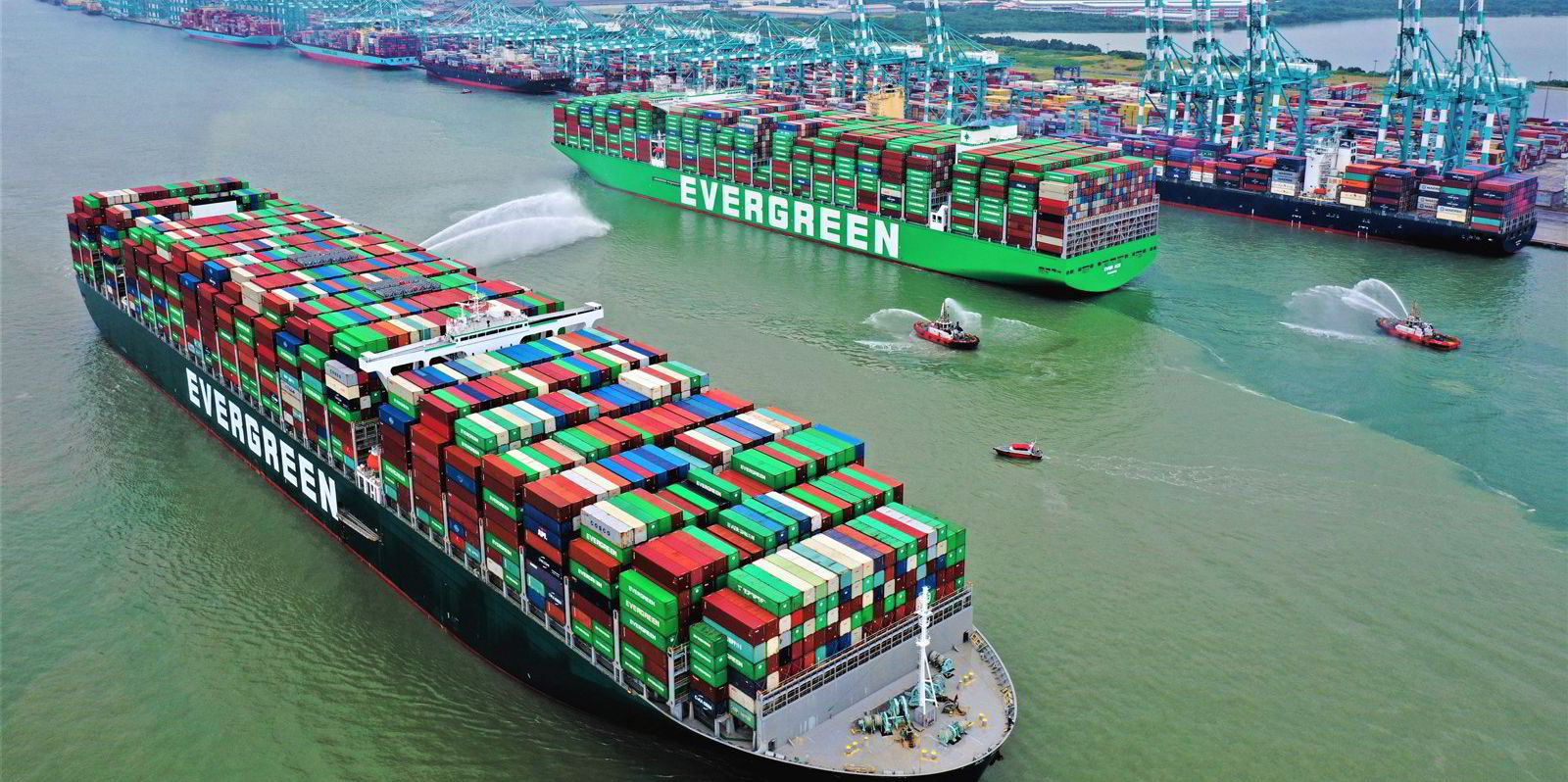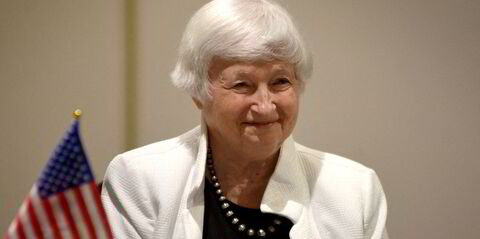Liner operators CMA CGM and SeaLead are launching more services out of Asia as shippers face a growing capacity crunch and ever-rising freight rates.
French carrier CMA CGM will start an additional Asia-Europe service, while Singapore-based SeaLead is beginning operations in the transpacific.
CMA CGM will operate a new service with seven 7,000-teu vessels from 30 June to early September.
The French Peak Service will meet “the sudden increase in demand” between Asia, northern Europe and the Mediterranean, it added.
Departures will occur every two weeks, sailing from Asia to Le Havre and Antwerp in northern Europe, as well as Fos-sur-Mer and Malta in the Mediterranean as part of a 15-day rotation.
The first departure is scheduled for 30 June from the Chinese port of Yantian with the 6,350-teu APL Oregon (built 2010).
“This exceptional measure will increase available capacity by 25% on a highly demanded route at the start of the peak season, helping to alleviate pressures on maritime transport supply,” CMA CGM noted.
SeaLead is planning a fast direct liner service linking China and South Korea with the US West Coast.
The Asia West Coast (AWC) service offers fast transit times from Asia directly to Long Beach, California.
The service will begin with five vessels and will become a weekly service. The inaugural voyage is scheduled to sail from Nansha, China, on 16 June.
“The introduction of the AWC service is a strategic response to the robust demand we’ve seen in transpacific trade,” said SeaLead acting head SC Chan.
Book early, says DHL
Spot freight rates on both trades are rocketing with the early arrival of peak season.
The Shanghai Containerized Freight Index rose above $3,000 per teu, a threefold increase since early December 2023.
Actual rates needed to load cargo are proving to be even higher, according to shipper DHL Global Forwarding, which is advising clients to pre-book four to six weeks before departure to ensure shipments arrive on time.
It warned that empty container stocks in Europe and Asia are decreasing due to prolonged transit times via Cape of Good Hope routes.
The situation is exacerbated as shippers increase order volumes for restocking and advancing seasonality, DHL added.
Worsening port congestion has immobilised 2m teu of ships, nearly 7% of the fleet.
“This situation is indirectly bolstering carrier rate hikes,” said DHL.
“The idle fleet is currently minimal, as all available capacity is deployed to meet the additional demand prompted by Cape routings.”
Capacity shortages from Asia to northern Europe have resulted in insufficient vessels to maintain regular weekly port calls, it said. “This lack of vessels leads to ongoing port omissions and blank sailings.”





